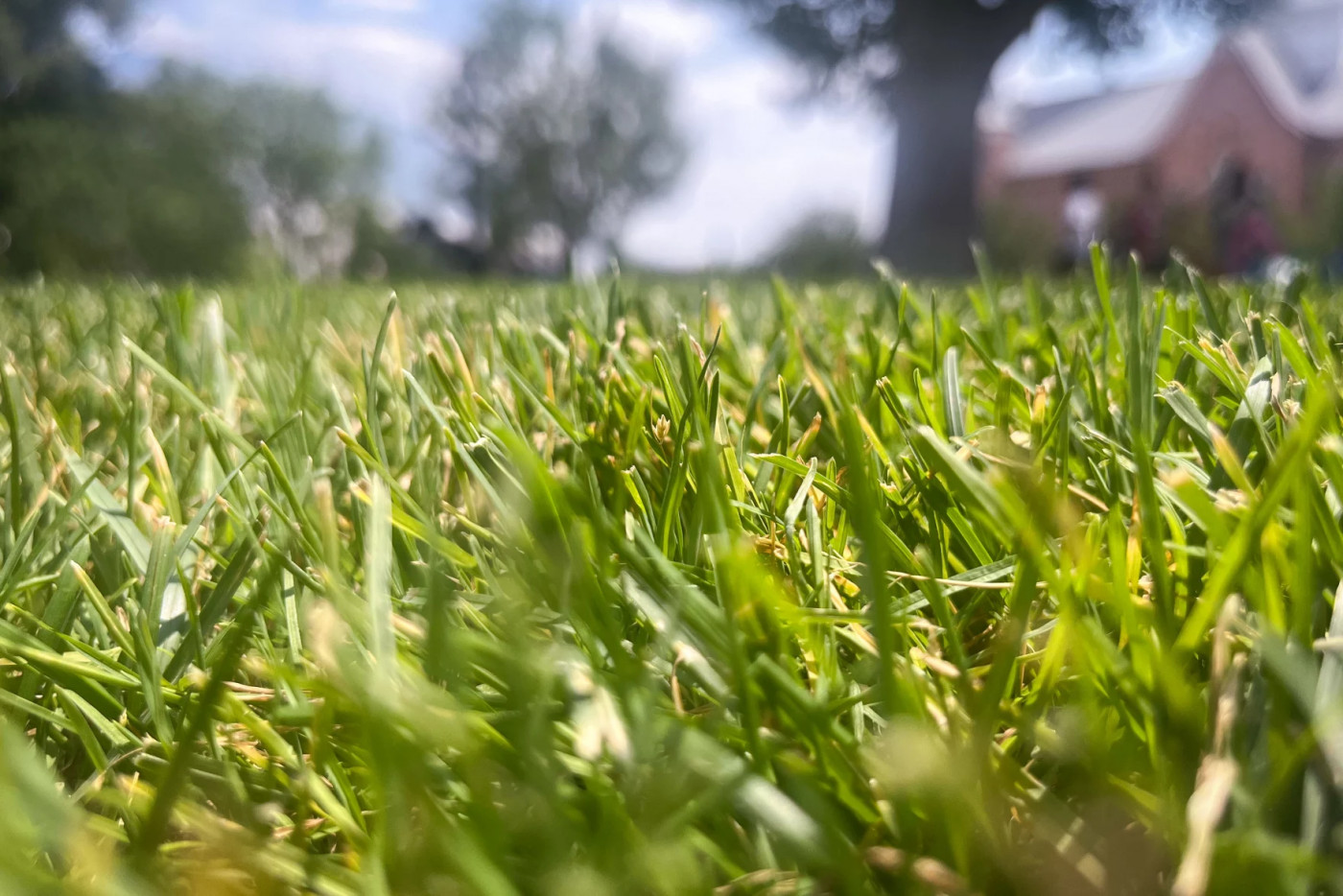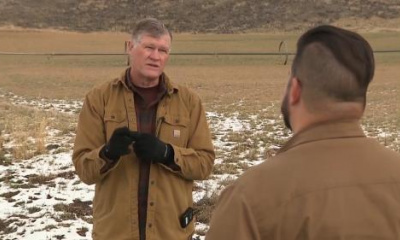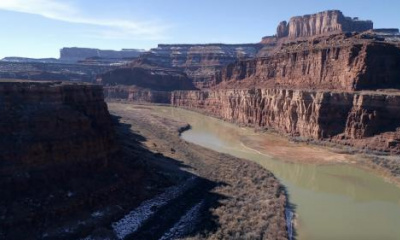Utah launched its Landscape Conversion Incentive Program in 2023. It offers a rebate to homeowners who switch out their grass with more water-efficient landscaping. But there’s a catch.
To get the rebate, you need to live in one of the 67 cities that signed on to participate. That doesn’t include some populated areas like Provo and Orem. Participating cities must also align with statewide guidelines on water efficiency.
According to Amanda Strack, water conservation manager for the Central Utah Water Conservancy, that means for new properties “limiting turf grass in the front yard to 35%, not putting lawn in the park strip or other areas that are less than 8 feet wide and irrigating planting beds on a drip system.”
Strack said they also “ask that commercial properties don't have more than 20% lawn in the landscape outside of active recreation areas.” This is to ensure the incentive is going to places that aren’t just putting in more grass that will need to be replaced later on.
“Our hope is really that if we can prevent new development from being installed incorrectly the first time, then we're not constantly chasing our tail and then just constantly paying for turf conversion.”
Provo City Council Chair Katrice MacKay said the council considered participating, but they “made a decision that it wasn’t the right thing for Provo.”
This is because Provo’s water needs are different, she said. While other cities rely on water from elsewhere in the state, Provo has an aquifer and more of its own water resources.
“Cities that have developed where there's not an aquifer and there's not meant to be people living there, they're relying purely on water being shipped in from a reservoir, it's a different case for them,” she explained.
“So that's what's hard, is that the state has done one model for an entire state that has completely different topography, water resources, water rights, you know? And that's as ridiculous as saying we should all wear the same size shoe.”
City leaders also argue the water-efficient policies this would require could end up killing trees, and that some of the water from grass ends up getting absorbed back into the aquifers. They opted to create their own smaller water conservation program funded by the city.
Ben Abbott, a Brigham Young University professor who researches water security, doesn’t agree that Provo’s situation is any different from neighboring cities.
“I don’t understand why and how the standards would work in Lehi right next door, but they wouldn’t work in Provo.”
Referring to a 2023 city memo explaining its position, Abbott added “when I read this list of concerns and kind of scientific objections or fears about how water conservation could impact the city, as a hydrologist, I think that all of those questions could be quite easily resolved.”
To him, it’s a small-scale example of the challenges across the state when it comes to conserving water.
“Can we come together and recognize the need for conservation and then can everyone do their part? Or is it a situation where we’re gonna fall into hundreds of independent cities, each of them thinking first of how the city has done it in the past, rather than how the watershed is gonna operate in the future?”
And, Abbott said, these organizations have a common goal to focus on.
“To save the Great Salt Lake, we’ve got to get almost 3 million people understanding the same set of facts, and committed to the same set of values. That’s gonna be really hard under the best circumstances, and it's gonna be impossible, if we’re not trusting each other.”








